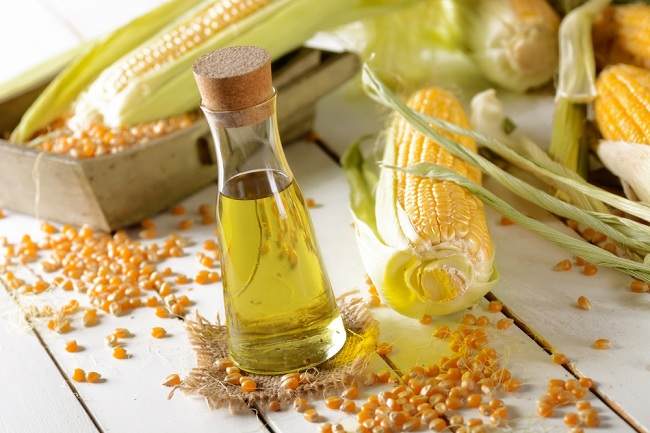Helminthiasis often haunts farmers, especially those concentrating on feedlot. Most worms live in the digestive tract of animals, absorbing food nutrients or the blood of their hosts.
These parasites cause so much trouble for farmers as the high-quality feed they provide to livestock does not work fully. The feed itself is the largest production cost on a farm, which is around 60-70%. Therefore, various methods have been carried out by farmers to deal with helminthiasis, such as using pharmaceuticals, better herbal medicine, and environmental sanitation.
The manufacturer’s pharmaceutical supplies are most commonly used in the livestock industry. However, the costs incurred are quite large, so there are not many people who use this method due to the high cost of the product. In general, helminthiasis drug circulating in Indonesia should not be given to pregnant animals because they can endanger the health of the fetus.
Therapy using herbal medicines is cheaper, but the taste of bitter herbs and strong aromas is less favoured by the cattle. Thus, it is rarely mixed in feed, and the farmer must give it to livestock forcibly with the “cekok” or “conthang” method. This method is certainly very ineffective if there are dozens or even hundreds of cattle.
This cliché breeding problem inspired researchers to develop studies regarding anti-parasitic therapy. As a result, an effective method to dealing with helminthiasis, easily applied, and safely given to animals was found recently for all ranges of ages and phases from calf, adult, or pregnant cattle, using a method of corn oil inclusion.
Corn oil contains 57% polyunsaturated fatty acid ( PUFA). PUFA has immunomodulatory and anti-inflammatory effects of cytokines, IL-1 and TNF. PUFA can also improve the work of flavonoids and saponins from feed ingredients so it can be utilized more optimally by the cattle.
Inclusion of small doses of corn oil in feed has shown very good results when tested on cattle that are in fattening program, pregnant, and calves. The presence of corn oil in the feed also increases the appetite of cattle because the taste and aroma favored by livestock.
Furthermore, the content of unsaturated fats in it is very good as an additional source of energy for cattle, as well as a raw material for the synthesis of steroid hormones that play an important role in the production and reproduction. The long-term effects can increase cattle productivity such as meat, milk and wool. (*)
Author: Herinda Pertiwi
Details of research available at:





